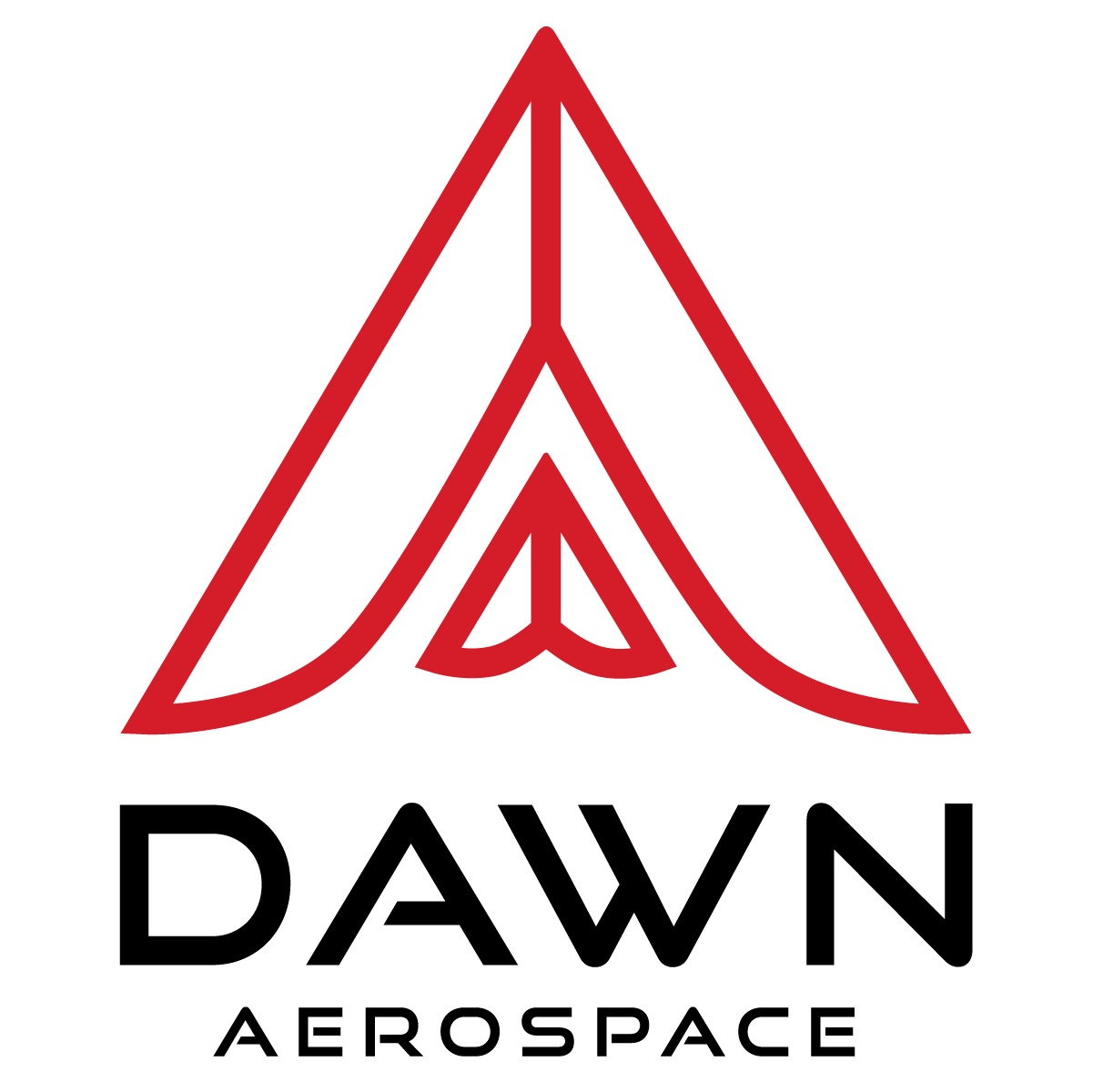B20 thruster - now with unlimited burn time
The B20 thruster has been the workhorse of Dawn propulsion systems since it was first launched into space in January 2021. There are now 72 of these thrusters in orbit with a further 50 in the hands of customers awaiting launch, making it the fastest-growing green propulsion in the world. But it has always had an Achilles heel – a limited burn time due to our use of very hot burning propellants.
We use nitrous oxide and propene as propellants for many reasons – they’re available worldwide from industrial gas suppliers, REACH compliant, not ITAR restricted, self-pressurizing, low cost, and rideshare friendly to name a few. The simplicity and effectiveness of this system allowed us to bring a robust product to market quickly.
A limited burn time also hasn’t been a dealbreaker for our customers. In fact, for most of them, the simplicity and affordability of our satellite propulsion systems meant that any trade-off was more than worth it. Our thrusters are being used on a wide range of missions including communications, earth observation and remote sensing satellites, space tugs, and even lunar and deep-space missions.
But our ambition as a company is to transition the entire industry away from using toxic hydrazine, and to do this we had to remove this limitation.
So, we’ve been working hard on it and I’m happy to announce we’ve found a solution. With the next generation of B20’s we’ve removed the burn time limitation entirely so our customers can now perform large delta-V maneuvers in a short time frame and get to operating revenue fast, while also getting the cost benefits that come with our non-toxic propellants. We’ve been able to do this by developing a new and totally unique injector design which enables continuous thruster operation.
We are currently producing thrusters at a rate of six per week and anticipate continuing this production rate with the capacity to scale to meet constellation customer demand.
The B20Gen2 is currently going through its final qualification and will be available for missions from mid-2024.
Stefan Powell

